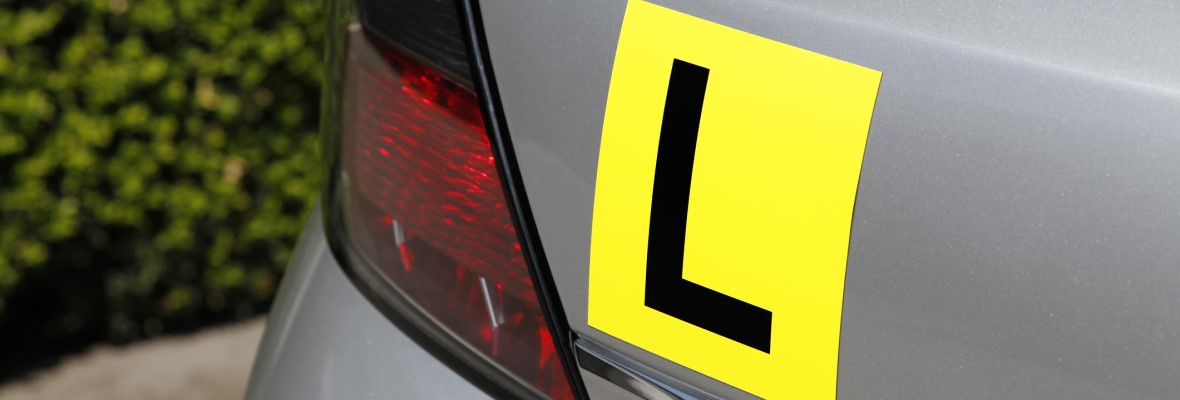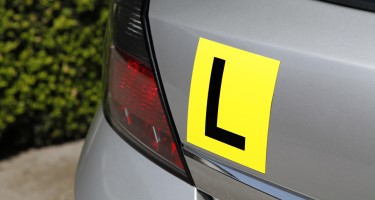Find out all the in-depth statistics, pass rates, common errors, and advice for driving on a learner licence in the analysis of our latest survey and industry statistics.
27 October | See disclaimer
Quick facts
- Males in our survey were significantly more likely to exaggerate their driving hours in their learner logbook (22.7%), compared to females (16.8%)
- 82% of Australian respondents with manual licences passed their tests on the first attempt, compared to only 74% of those with automatic licences
- Survey results showed that drivers with automatic licences were more than twice as likely to have been in an at-fault accident when they were on their learner licence (5.4%), compared to those with manual licences (2.3%)
- Government data reveals that manual driving tests in Queensland have had higher pass rates than automatic driving tests for the past 10 calendar years straight.
From pass rates to the shift from manuals to automatics, check out all the latest trends, statistics, and opinions around driving on a learner licence. We surveyed 1,001 Australians (weighted to the population) with driver’s licences, and sourced government data to bring you:
- 1.0. Required driving hours for learners – state by state
- 2.0. Government-sourced learner driver statistics
- 3.0. Learner driver survey results
- 3.1. What kind of driver’s licence do you hold?
- 3.2. Were you required to complete a logbook of supervised driving to qualify for a provisional licence?
- 3.3. When you were on your learner licence, did you ever exaggerate the time you drove for, to complete your required driving hours faster?
- 3.4. How many attempts did it take for you to pass your written road rules test to qualify for your learner licence?
- 3.5. How many attempts did it take for you to pass your practical driving test to qualify for your provisional licence?
- 3.6. Which of the following (if any) critical errors did you record on your practical driving test?
- 3.7. Were you ever involved in a traffic accident while driving as a learner?



